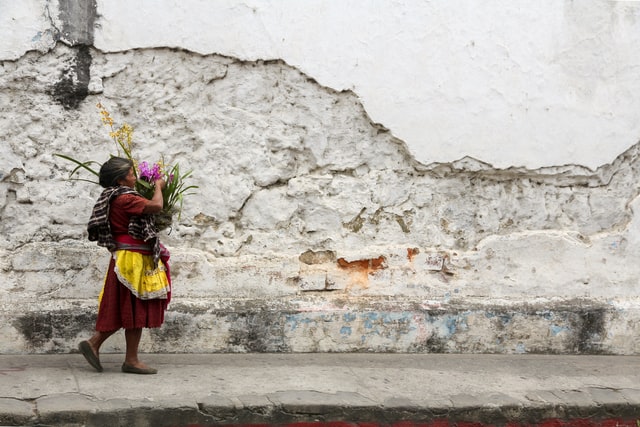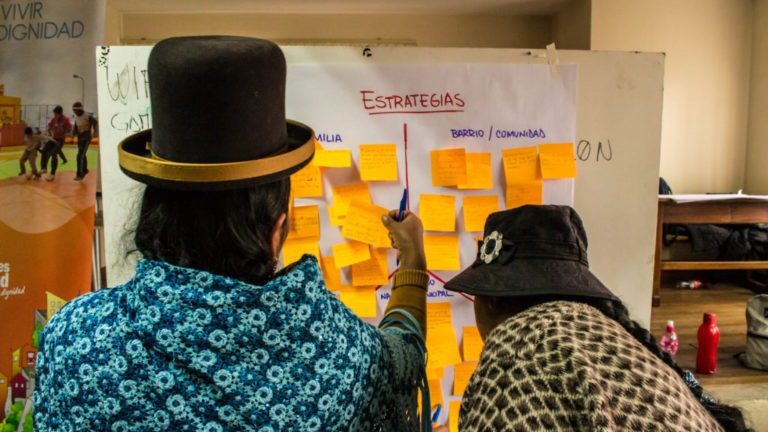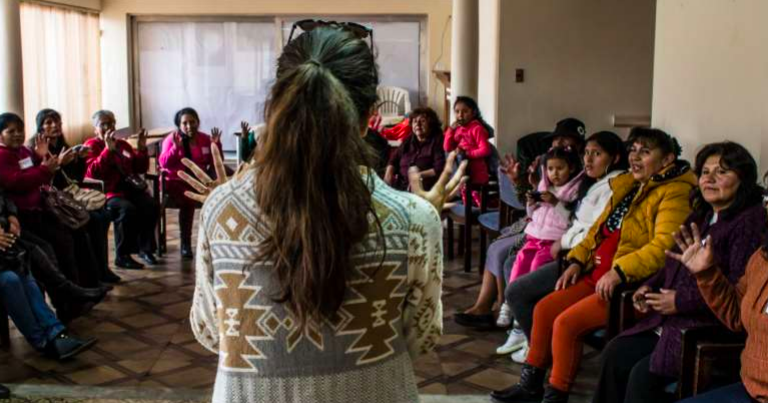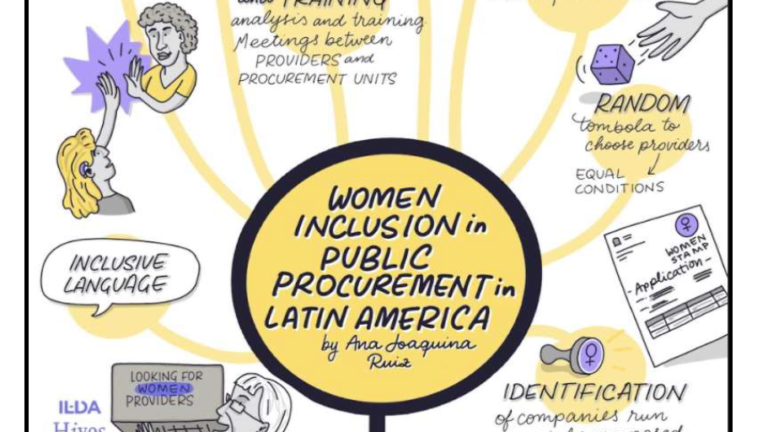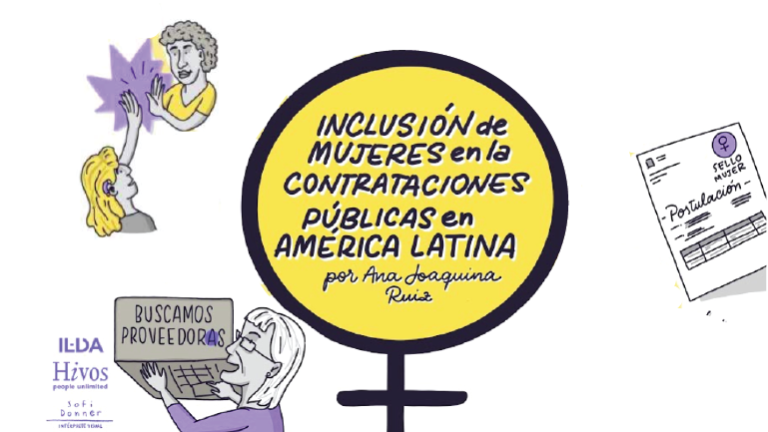Public procurement is essential for national economies. In Latin America and the Caribbean, it
represents about 8.6% of total gross domestic product (GDP), or about 30% of these countries’
annual government expenditures (IADB, 2017). Because they are vulnerable to corruption, the
countries of the region have invested in modernizing their procurement systems to make them
more transparent.
Efforts to fight corruption in Latin America have included discussion of the need to modernize
public procurement and make it more efficient. However, the efficiency of procurement systems
depends not only on their levels of transparency, but also on how these systems improve the
quality of life of those who are included in development. This is the case for minorities who
traditionally have been excluded from development programs, such as women, people with
disabilities, indigenous populations and the LGBT community, amongst others. Public money
can also be used to benefit these sectors of the population.
This article aims to describe the status of inclusion of vulnerable groups in public procurement,
specifically of women as a group, in order to generate a series of recommendations to amplify
the positive effects in this sector. To that end, we analyze procurement policies aimed at women
in national and sub-national cases and identify the policies that hold promise for the sector. This
work stems from a prior research conducted by ILDA, in which national and sub-national policies
of inclusion and social participation were mapped. In that work, the following cases were
analyzed: at a national level, Argentina, Chile, Colombia, Mexico and the Dominican Republic; at
a sub-national level, cases from Buenos Aires, Mexico City and Cali were examined.
This article first presents an overview of public procurement in Latin America. Subsequently, it
analyzes the inclusion of women in the sector from a gender perspective and discusses the
importance of generating high quality data in order to implement inclusion policies in an efficient
manner. Finally, procurement policies designed and implemented by the selected local and national governments are compared in order to identify best practices. We analyze the policies
implemented in for public bidding processes, consider some of the consequences of these
policies for women as a group and offer a series of recommendations for advancing on the path
of social inclusion.

